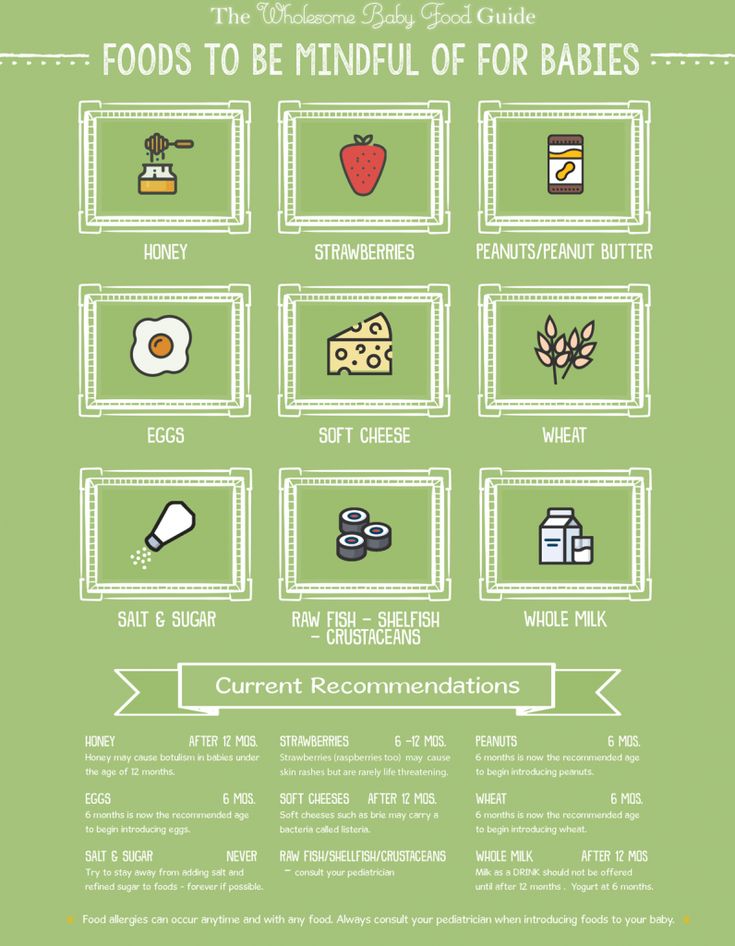Food introduction baby chart
Baby formula feeding chart: How much formula by weight and age
Is your baby getting too much or too little formula? It's an important question that worries many new parents, especially those with newborns. When deciding how much formula to give your baby, it's important to watch their hunger cues as well as looking at guidelines based on age and weight. In general, before they're eating solids, babies need 2.5 ounces of formula per pound of body weight each day.
These guidelines are for babies who are exclusively formula-fed for the first 4 to 6 months, and then fed a combination of formula and solids up to age 1. If your baby is getting a combination of breast milk and formula, talk to their doctor for separate advice.
Your pediatrician can tell you where your baby falls on the growth charts, make sure they're growing steadily on their own growth curve, and help you ensure that they're getting a healthy amount of formula. If you're ever worried about your baby's growth, behavior, or development, talk with their doctor.
How much formula for a newborn
For the first few days, offer your newborn 1 to 2 ounces of formula every 2 or 3 hours. (At first, newborns may only take a half ounce of formula at a time.)
After the first few days, give your newborn 2 to 3 ounces of formula every 3 to 4 hours.
Initially it's best to feed your formula-fed newborn on demand, whenever they show signs that they're hungry. Because your little one can't tell you when they want a bottle, you'll need to learn to read their hunger cues. Crying is often a late sign of hunger, so if you can, try to catch the earlier signs that it's time for a feeding.
Here are some hunger cues to watch for:
- Smacking or licking their lips
- Rooting (moving their jaw, mouth, or head in search of food)
- Putting their hands to their mouth
- Opening their mouth
- Fussiness
- Sucking on things
- Becoming more alert
- Crying
As time passes, your newborn will begin to develop a fairly regular feeding schedule.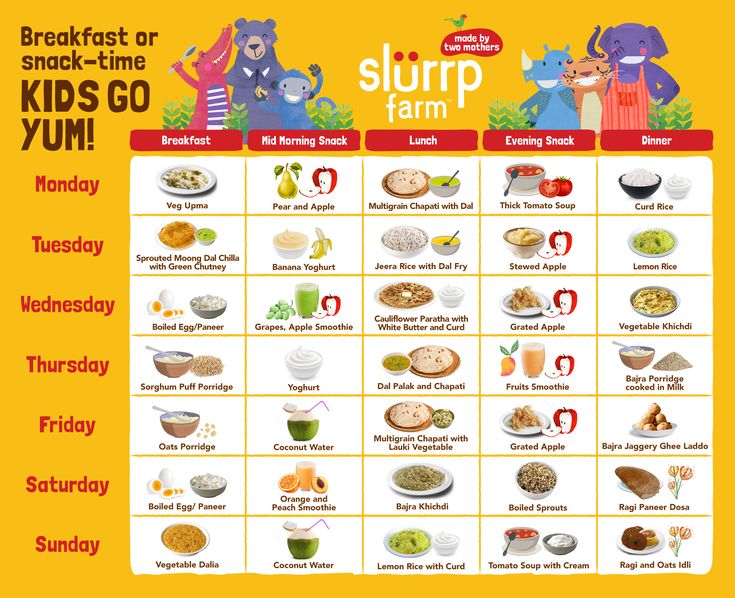 You'll become familiar with their cues and needs, and knowing when and how much to feed them will be much easier.
You'll become familiar with their cues and needs, and knowing when and how much to feed them will be much easier.
Formula feeding chart by weight
During the first 4 to 6 months, when your baby isn't eating solid foods, here's a simple rule of thumb: Offer 2.5 ounces of formula per pound of body weight every 24 hours, with a maximum of about 32 ounces.
| Weight | Ounces of formula |
|---|---|
| 6 pounds | 15 fl oz every 24 hours |
| 7 pounds | 17.5 fl oz every 24 hours |
| 8 pounds | 20 fl oz every 24 hours |
| 9 pounds | 22.5 fl oz every 24 hours |
| 10 pounds | 25 fl oz every 24 hours |
| 11 pounds | 27.5 fl oz every 24 hours |
| 12 pounds | 30 fl oz every 24 hours |
These numbers aren't rigid rules. They offer a rough estimate for what your baby may need. Some babies will grow well while taking less than the recommended amount, while others consistently need more. Your baby's daily feedings will also vary according to their individual needs – in other words, they may want a bit more on some days and a bit less on others.
Your baby's daily feedings will also vary according to their individual needs – in other words, they may want a bit more on some days and a bit less on others.
Formula feeding chart by age
Here are typical amounts per day based on age:
| Age | Ounces of formula |
|---|---|
| Full-term newborn | 2 ounces per bottle every 3 to 4 hours |
| 1 month old | 3 to 4 ounces per bottle every 3 to 4 hours |
| 2 month old | 4 to 5 ounces per bottle every 3 to 4 hours |
| 3 month old | 4 to 6 ounces per bottle every 3 to 4 hours |
| 4 month old | 4 to 6 ounces per bottle, 4 to 6 times a day |
| 5 month old | 4 to 6 ounces per bottle, 4 to 6 times a day |
| 6 month old | 6 to 8 ounces per bottle, 4 to 5 times a day |
| 7 month old | 6 to 8 ounces per bottle, 3 to 5 times a day |
From 8 months old until their first birthday, you can expect your baby to have 7 to 8 ounces per bottle, 3 to 4 times a day.
As your baby gets older – and their tummy gets bigger – they'll drink fewer bottles a day with more formula in each. It's important not to overfeed your baby so they'll stay at a healthy weight. Your baby shouldn't have more than 32 ounces of formula in 24 hours.
When they reach their first birthday, they can stop drinking formula and transition to cow's milk in a bottle, sippy cup, straw cup, or open cup. Limit your toddler to 16 to 24 ounces (2 to 2.5 cups) a day of whole milk, so they have room for other healthy foods.
Signs that your baby's getting enough formula
Here are signs that your baby's getting all the formula they need:
- Steady weight gain. They continue to gain weight after their first 10 days and follow a healthy growth curve during their first year. (Most babies lose up to 7 to 10 percent of their birth weight in the first few days and then regain it by the time they're about 2 weeks old.)
- Happy baby.
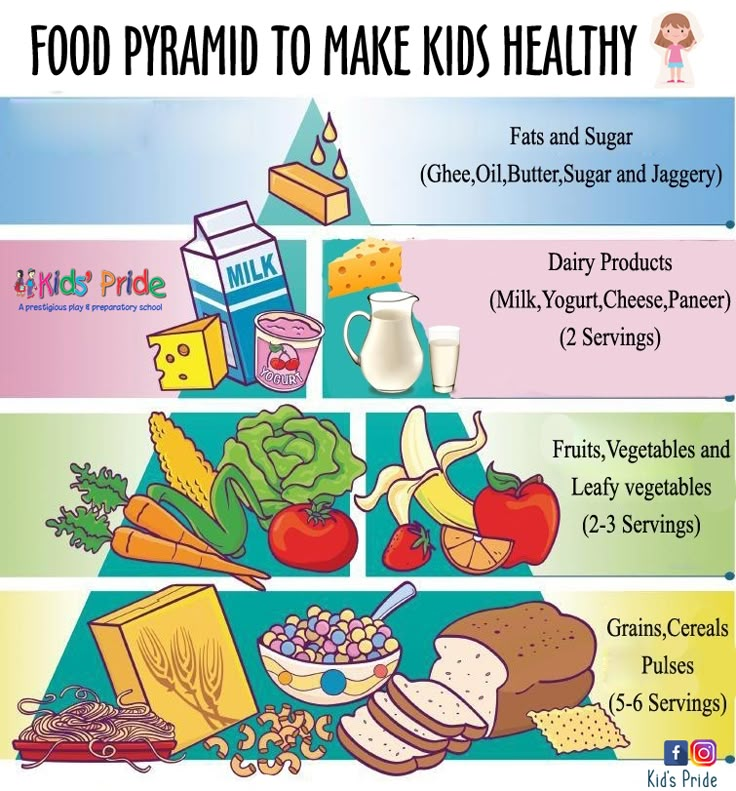 They seem relaxed and satisfied after a feeding.
They seem relaxed and satisfied after a feeding. - Wet diapers. They wet two to three diapers a day in the first few days after birth. Over the next few days, the amount should increase to at least five to six wet diapers a day.
Signs your baby's getting too much formula
Babies are usually good at eating the amount they need, but bottle-fed babies can drink too much at times. Here are the signs that they're getting too much formula:
- Vomiting after a feeding may be a sign that your baby had too much. (Spitting up is normal, vomiting isn't.)
- Tummy pain after a feeding can also be a sign of overfeeding. If your baby draws up their legs or their tummy seems tense, they may be in pain. (See other possible reasons for stomach pain in babies.)
If your baby seems to want to eat all the time, even after finishing a bottle, talk to your pediatrician. Using a pacifier may help soothe their need to suck.
Formula-feeding tips
- In general, babies eat when they're hungry and stop when they're full, so resist the temptation to encourage your baby to finish each bottle. Overfeeding during infancy can contribute to obesity later in life.
- Don't respond to your baby's every cry with a bottle. They may be crying because their diaper is wet, they're cold or hot, they need to be burped, or they want to be close to you. (Learn more about why babies cry, and how to soothe them.)
- Your baby may be hungrier than usual during growth spurts. These typically occur 10 to 14 days after birth and around 3 weeks, 6 weeks, 3 months, and 6 months of age.
Read more:
- Formula Feeding Problem Solver
- How to safely store and use formula
advertisement | page continues below
How much should my baby eat? A guide to baby food portions
- Community
- Getting Pregnant
- Pregnancy
- Baby names
- Baby
- Toddler
- Child
- Health
- Family
- Courses
- Registry Builder
- Baby Products
Advertisement
Wondering how much to feed your baby? This can be hard to figure out, especially when you're starting solids and most of your baby's food ends up on your little one or the floor.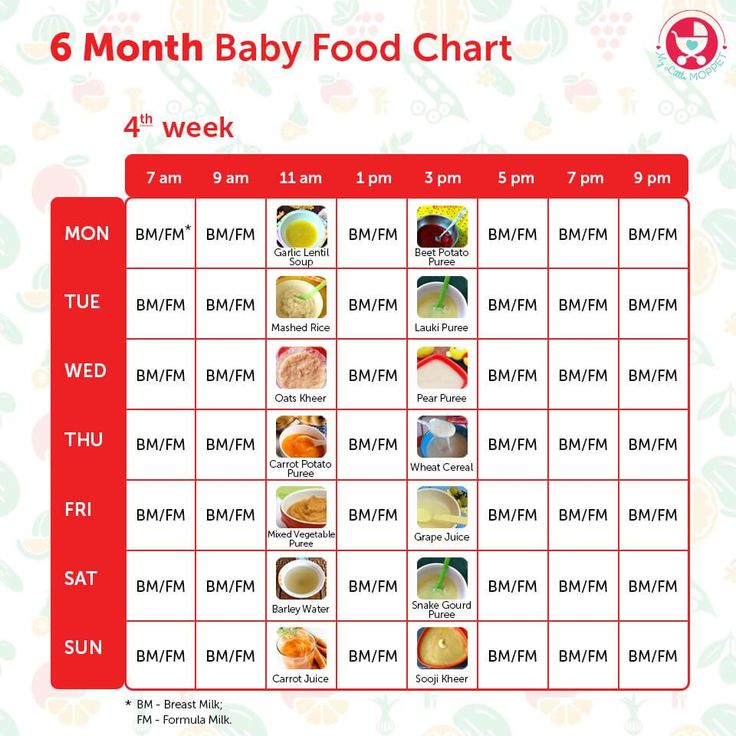 It's also difficult to determine how much an 8-month-old (or older baby) should eat – babies this age are more interested in solid foods but still get most of their nutrition from breast milk or formula. This visual guide to baby food portions can help you figure out how much your baby should eat at every stage.
It's also difficult to determine how much an 8-month-old (or older baby) should eat – babies this age are more interested in solid foods but still get most of their nutrition from breast milk or formula. This visual guide to baby food portions can help you figure out how much your baby should eat at every stage.
Photo credit: Karla Martin for BabyCenter
How much should my baby eat?
Do you worry that your baby is eating too little or too much? Your baby will self-regulate her food intake based on what their body needs, so let their appetite be your guide.
It's helpful to have a reference point, however. Here are photos of how much solid food a baby typically eats in a day. You can also ask your baby's doctor for feeding advice.
This visual guide shows:
- Portions for infants who are new to solids (typically 4 to 6 months)
- Two sample meals for a younger baby (6 to 8 months)
- Three sample meals and two snacks for an older baby (8 to 12 months) from a menu developed by the American Academy of Pediatrics (AAP)
Your little one may eat less or more than what's shown here. Your job is to provide a variety of healthy foods at regular intervals without pressure, and their job is to decide what and how much to eat.
Your job is to provide a variety of healthy foods at regular intervals without pressure, and their job is to decide what and how much to eat.
Photo credit: iStock.com / UntitledImages
Watch for signs your baby is full
Lots of factors – including activity level, growth spurts or plateaus, illness, and teething – will affect your baby's appetite, which can vary daily.
End feeding when they signal that they're done. Signs of being full include:
- Turning their head away
- Refusing to open their mouth for another bite after they've swallowed (resist the urge to encourage your baby to have one last spoonful)
- Leaning back in their chair
- Playing with the spoon or food rather than eating
Photo credit: Karla Martin for BabyCenter
How much a 4- to 6-month-old should eat
When your baby is developmentally ready for solids, typically around 4 to 6 months, talk to their doctor about introducing solid foods. The first bites are mostly about them getting used to the idea of having something different in their mouth.
The first bites are mostly about them getting used to the idea of having something different in their mouth.
- Start with a very small amount, 1 to 2 teaspoons, of a single-ingredient puree.
- Gradually increase to 1 to 2 tablespoons of food once a day.
- Follow your baby's fullness cues.
Popular first foods include pureed mango, banana, chicken, turkey, beef, peas, sweet potatoes, and infant cereal. It's up to you what food to start with, but wait 3 to 5 days between introducing each new food to make sure your baby doesn't have an allergic reaction or food intolerance. (And remember, no cow's milk or honey until age 1.)
Photo credit: Karla Martin for BabyCenter
How much a 6- to 8-month-old should eat
As your little one gets more comfortable with solids, you can increase the frequency of meals and variety of food.
- Transition from one to two meals a day, typically by 8 months.
- Over time, add a second food to each meal.
 The photo above is an example of a meal with two foods.
The photo above is an example of a meal with two foods. - Once you've worked up to two meals with two foods each, aim for a balance of proteins, vegetables, fruits, and grains in their daily diet.
- Whenever you introduce a new food, start with a very small amount, a teaspoon or two, to allow your baby to get used to its flavor and texture.
- Start with a soupy consistency. Gradually add more texture as their eating skills improve.
Expect their intake of breast milk or formula to go down. They'll start drinking less of it as they eat more solid foods. Provide healthy options at mealtimes, and let them choose how much to eat.
Note: The jars in all photos are standard 4-ounce baby food jars.
Photo credit: Karla Martin for BabyCenter
Breakfast for a younger baby (6 to 8 months)
Cereal and fruit make an easy combination for a morning meal.
Grain: Iron-fortified, whole-grain infant cereal is a popular first grain. At 6 months, a typical daily portion of infant cereal mixed with breast milk or formula might be 2 to 3 tablespoons, increasing to 4 to 8 tablespoons (1/4 to 1/2 cup) by 8 months. (It's best to avoid rice cereal, though.)
At 6 months, a typical daily portion of infant cereal mixed with breast milk or formula might be 2 to 3 tablespoons, increasing to 4 to 8 tablespoons (1/4 to 1/2 cup) by 8 months. (It's best to avoid rice cereal, though.)
Fruit: Babies love the natural sweetness of fruits like pears, apples, berries, prunes, and stone fruits. Between 6 and 8 months, a baby will typically transition from about 2 to 3 tablespoons of fruit puree a day to 4 to 8 tablespoons (1/4 to 1/2 cup) of mashed or minced fruit.
Photo credit: Karla Martin for BabyCenter
Dinner for a younger baby (6 to 8 months)
If you serve a grain and fruit in the morning, consider offering a protein-rich food and vegetable later in the day. Your child may eat more or less than the amounts shown.
Protein: A baby might transition from eating 1 to 2 tablespoons of meat puree at 6 months to 2 to 4 tablespoons at 8 months, for example. Other good protein sources include cheese, unsweetened plain whole-milk yogurt, tofu, beans, and lentils.
Vegetables: Between 6 and 8 months, a baby will typically transition from about 2 to 3 tablespoons of vegetable puree a day to 4 to 8 tablespoons (1/4 to 1/2 cup). Try classic favorites like carrots, spinach, or butternut squash, as well as less traditional first foods such as parsnips, beets, or asparagus.
As your child's eating skills improve, gradually add more texture by dicing or mincing foods.
Photo credit: Karla Martin for BabyCenter
How much an 8- to 12-month-old should eat
By 8 months or so, your baby is likely getting the hang of eating and needs to eat more calories to support their growing body. But since their little belly can't hold a lot of food, they'll need to eat more often. Every baby is different, but this may be a good time to try offering a third solid food meal.
During this period:
- Continue to give your baby breast milk or formula.
- Add morning and afternoon snacks. (Some babies this age are happy with breast milk or formula as their snack, while others gravitate toward solid foods.
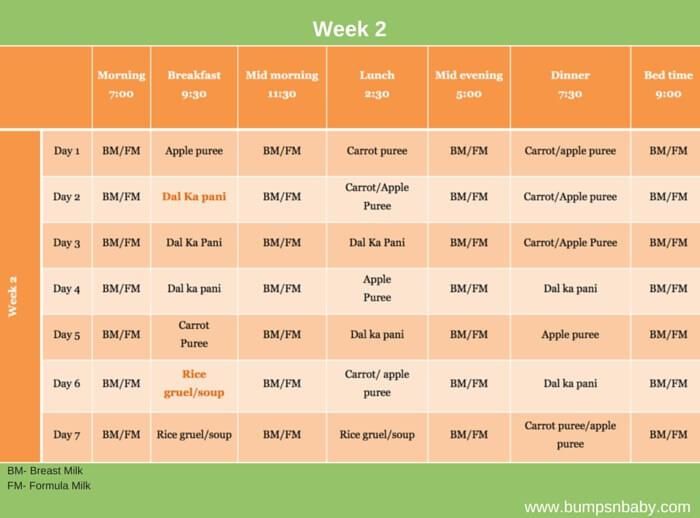 ) Once you've added a third meal and snacks, your baby will be eating or drinking something about every two to three hours.
) Once you've added a third meal and snacks, your baby will be eating or drinking something about every two to three hours.
- Continue to aim for a mix of proteins, vegetables, fruits, and grains.
- Introduce coarser and chunkier textures, for example, by dicing or mincing food instead of pureeing it, and graduate to soft finger foods as your baby's eating skills improve.
- Avoid foods with added sugars. Check the Nutrition Facts label on packaged foods, and try to steer clear of foods that list 1 gram or more of "Added Sugars."
- Provide healthy options, and let your baby choose how much to eat.
To visualize daily portions for an 8- to 12-month-old, check out the following photos of a typical day's menu for a baby this age, developed by the AAP.
Your child may eat more or less than these amounts. If you're concerned about how much your baby is eating, talk to their doctor for advice.
Photo credit: Karla Martin for BabyCenter
Breakfast for an older baby (8 to 12 months)
The AAP sample menu for a baby 8 to 12 months features a breakfast consisting of:
- 4 to 8 tablespoons (1/4 to 1/2 cup) whole-grain infant cereal mixed with formula or breast milk
- 4 to 8 tablespoons (1/4 to 1/2 cup) diced fruit
Note: This is an example. Your baby may eat different foods and amounts.
Your baby may eat different foods and amounts.
Photo credit: Karla Martin for BabyCenter
Morning snack for an older baby (8 to 12 months)
The AAP sample menu for a baby 8 to 12 months features a morning snack consisting of:
- 4 tablespoons (1/4 cup) diced cheese or cooked vegetables
Note: This is an example of a morning snack, which babies typically add sometime between 8 and 12 months. Your baby may eat different foods and amounts.
Photo credit: Karla Martin for BabyCenter
Lunch for an older baby (8 to 12 months)
The AAP sample menu for a baby 8 to 12 months features a lunch consisting of:
- 4 to 8 tablespoons (1/4 to 1/2 cup) unsweetened plain whole-milk yogurt or cottage cheese, or minced meat
- 4 to 8 tablespoons (1/4 to 1/2 cup) diced or mashed yellow or orange vegetable
Note: This is an example. Your baby may eat different foods and amounts.
Photo credit: Karla Martin for BabyCenter
Afternoon snack for an older baby (8 to 12 months)
The AAP sample menu for a baby 8 to 12 months features an afternoon snack consisting of:
- 4 tablespoons (1/4 cup) diced fruit or unsweetened plain whole-milk yogurt
- 1 whole-grain teething biscuit or cracker
Note: This is an example of an afternoon snack, which babies typically add sometime between 8 and 12 months. Your baby may eat different foods and amounts.
Your baby may eat different foods and amounts.
Photo credit: Karla Martin for BabyCenter
Dinner for older baby (8 to 12 months)
The AAP sample menu for a baby 8 to 12 months features a dinner consisting of:
- 4 tablespoons (1/4 cup) minced or ground poultry or meat, or diced tofu
- 4 to 8 tablespoons (1/4 to 1/2) cup diced, cooked green vegetable
- 4 tablespoons (1/4 cup) noodles, pasta, rice, or potato
- 4 tablespoons (1/4 cup) diced fruit
Note: This is an example. Your baby may eat different foods and amounts.
Photo credit: Karla Martin for BabyCenter
How much should my baby drink once they start eating solids?
Breast milk or formula will fully meet your child's hydration needs until they're about 6 months old. They may start drinking less as solid foods become a bigger part of their diet. Here are typical daily amounts by age – your baby's intake may be different, however.
6 to 8 months: 24 to 32 ounces of formula, or continued breastfeeding on demand
8 to 12 months: 24 ounces of formula, or continued breastfeeding on demand
Water: You can offer your baby water once they start eating solids, but let them self-regulate how much they drink. The Centers for Disease Control and Prevention (CDC) recommends giving babies who are 6 to 12 months old 4 to 6 ounces of water a day, but what your baby decides to drink may vary. They may drink more on a hot day, for example.
Avoid juice: Juice isn't recommended for babies younger than 12 months.
Photo credit: iStock.com / SDI Productions
Your baby has the final say
Keep in mind that these portions are an estimate. The truth is, every baby is different, and there's no set amount of food that's appropriate for every baby at every stage.
If you're worried about whether your baby is eating enough – or too much – the best advice is to look for and respond to signs that your baby is full.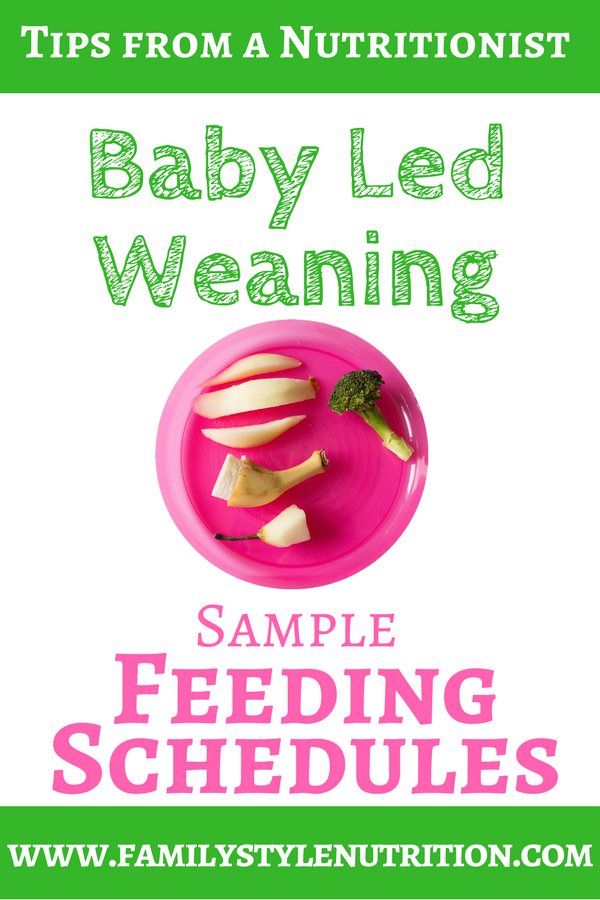
Your baby's doctor will chart their weight gain at regular intervals. If the doctor sees a consistent growth curve and doesn't have other concerns, your baby is most likely eating the right amount of food.
Hungry for more?
Age-by-age guide to feeding your baby
The 10 best foods for babies
The worst foods for babies
Using spices and seasoning in baby food
Elizabeth Dougherty
Elizabeth Dougherty is a veteran parenting writer and editor who's been contributing to BabyCenter since 2015. She's an intrepid traveler, devoted yogi, and longtime resident of Silicon Valley, where she lives with her husband and son.
Useful articles on child nutrition
Articles
DETAILS
How to teach a child to drink from a mug by himself
A mug should enter a baby's life without stress and tears. To form such a skill as early as possible is the task of caring parents. The need for this stems from the frequent childhood problems faced by pediatricians, neurologists and dentists: malocclusion, "bottle" caries, impaired speech development, selectivity in nutrition.
DETAILS
How to teach a child to chew solid food
Many studies have shown that active chewing function ensures the harmonious growth of the jaws, teeth and the formation of the facial skeleton. Any violations in the process of chewing lead to poor mechanical processing of food products, a decrease in the absorption of nutrients and the formation of deficient states. To prevent such situations, it is necessary to have a clear understanding of the formation of chewing skills and a competent approach to the introduction of complementary foods.
DETAILS
Hypoallergenic nutrition for children up to a year
It is difficult to find a modern person who has not heard about allergies. Unfortunately, in recent decades in developed countries there has been a significant increase in the spread of allergic diseases. Why this happens is not fully known, but a possible reason is living in the technogenic environment of large cities and the distance of man from nature.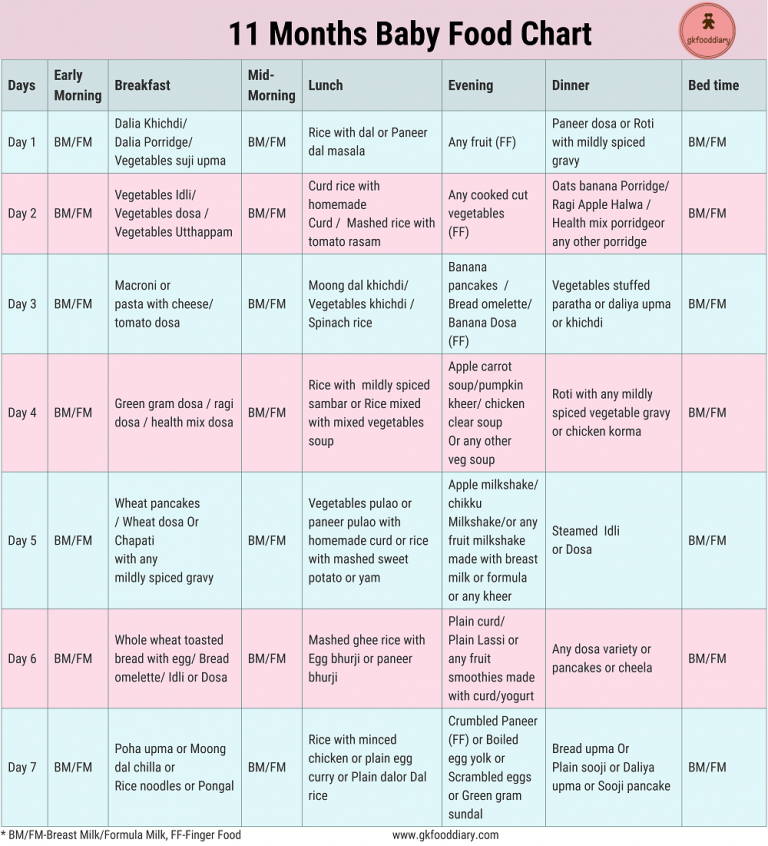 Allergy symptoms often begin in early childhood. According to statistics, every fifth baby in the first year of life develops atopic dermatitis - the first manifestations of allergic reactions.
Allergy symptoms often begin in early childhood. According to statistics, every fifth baby in the first year of life develops atopic dermatitis - the first manifestations of allergic reactions.
DETAILS
Foods for child immunity
What parent does not dream that his child would grow up healthy and happy! Therefore, one of the most frequent questions to specialists in the field of medicine is what to do so that the child does not get sick. Magic pills that can protect us from any infection do not yet exist. The most effective mechanism for promoting health and increasing immunity to microbes is the competent use of natural resources.
DETAILS
Why are cereals useful?
Tasty and healthy porridge - the queen of the table. Grains form the basis of the pyramid of healthy human nutrition. Their wide range allows you to make the diet not only varied, but also to get the maximum benefit of natural nutrition.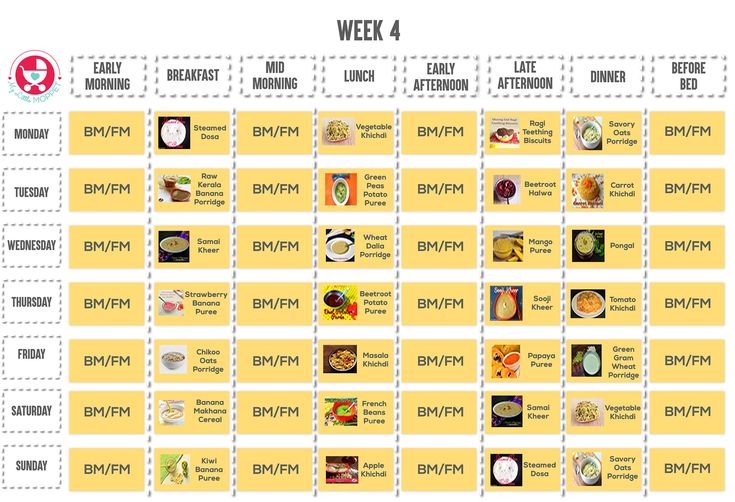 This is due to the fact that different cereals will not only determine the taste characteristics of the dish, but also differ in the composition of nutrients and biologically active substances.
This is due to the fact that different cereals will not only determine the taste characteristics of the dish, but also differ in the composition of nutrients and biologically active substances.
DETAILS
Healthy nutrition for children
Health is the greatest value in human life. Each parent considers it their primary task to do everything so that the baby grows up healthy and happy. Food determines how our body will implement the instructions laid down in the genes. According to this principle, using the "building blocks" of nutrients, the growth and development of a small person occurs. In addition, nutrition in early childhood determines the characteristics of metabolism in adulthood, that is, it has a long-term impact on human health.
DETAILS
What kind of porridge is better to choose for complementary foods
Foods that are cooked at home often lose many nutrients during heat treatment, thus not replenishing essential micronutrients. Let's discuss the benefits of commercially produced baby food and determine which cereal is the best choice for feeding your baby.
Let's discuss the benefits of commercially produced baby food and determine which cereal is the best choice for feeding your baby.
DETAILS
Baby menu at 6 months
The changes of a child in the first year of life are very rapid, and each month is not like the other. The 6-month milestone is very important, it is largely evaluative and transitional. Breast milk or an adapted formula is still the basis of the diet, but with the beginning of the second half of life, all children, without exception, should begin to receive complementary foods. In the article we recommend a basic approximate diet for a week.
DETAILS
Baby menu at 8 months
A child at 8 months old is already an adult baby who can do a lot and even tries to defend his right to independence. The pace of growing up and high activity determine the clear requirements for the nutrition of the baby, which must quantitatively and qualitatively meet the needs of children at this stage of life. Let's look at the basic principles of compiling a baby's diet, and also develop a menu at 8 months, indicating an approximate list of dishes and a meal plan for a week.
Let's look at the basic principles of compiling a baby's diet, and also develop a menu at 8 months, indicating an approximate list of dishes and a meal plan for a week.
DETAILS
Nutrition diary for a child up to a year
It is very difficult to find the "culprit" of an allergy - a food product that started and maintains this condition. A successful search will be the most effective treatment for the baby, because by removing the causative allergen from the diet, we can stop the allergic reaction. In order to establish a relationship with the reactions that have occurred and the products introduced, parents need to keep a diary of the child's nutrition.
DETAILS
Daily routine and nutrition of a child at 1 year old
Many modern parents believe that following the daily routine is a relic of the past. Of course, each baby is unique, with their own food preferences, individual characteristics of the time of sleep and wakefulness.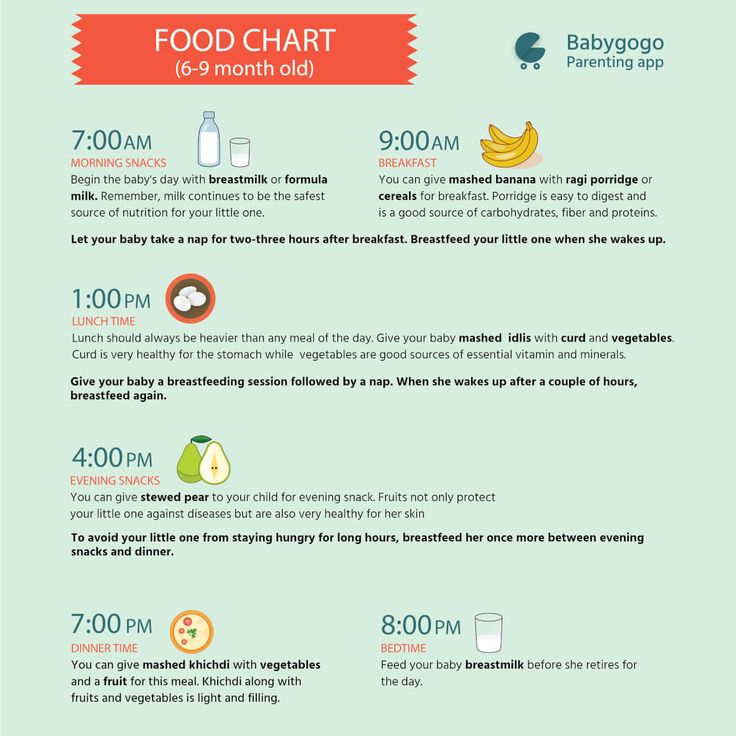 Therefore, based on the general rules and recommendations, the task of parents is to create their own daily routine, comfortable for the child and the whole family. The positive influence of the rhythm of life will lead not only to strengthening the health of the baby, but also to educating him for strength of mind and discipline. Let's look at what main blocks of activity should be present in the daily life of a baby, and how to properly organize the daily routine of the year.
Therefore, based on the general rules and recommendations, the task of parents is to create their own daily routine, comfortable for the child and the whole family. The positive influence of the rhythm of life will lead not only to strengthening the health of the baby, but also to educating him for strength of mind and discipline. Let's look at what main blocks of activity should be present in the daily life of a baby, and how to properly organize the daily routine of the year.
DETAILS
Prebiotics in baby food
Prebiotics and probiotics are popular supplements fortified in a variety of foods and are positioned as absolutely necessary for health, especially during periods of intensive growth and development. Bebi experts will talk about the benefits of prebiotics in baby food.
DETAILS
Why iron is needed in the diet up to 1 year
Despite the high nutritional value and diverse vitamin and mineral composition of natural products recommended in baby food, the content of micronutrients in the finished dish does not always satisfy the high need for these substances at an early age.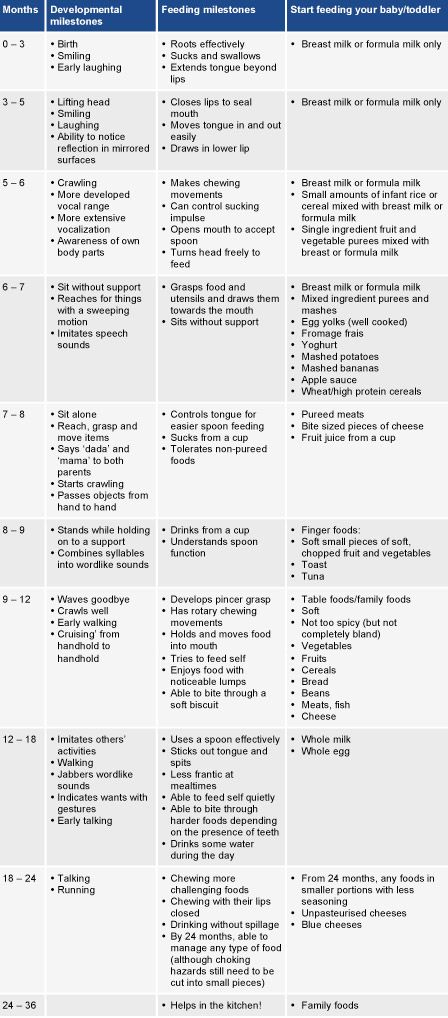 What foods are rich in this micronutrient, and what complementary foods for children can act as sources of iron?
What foods are rich in this micronutrient, and what complementary foods for children can act as sources of iron?
DETAILS
Consistency of porridge for the first feeding
What consistency should the baby's first porridge be in order not to cause him difficulty in swallowing and further refusal to eat? Why do commercially produced cereals have advantages? We will answer these questions in an article with experts.
DETAILS
Nutritional norms for a child at 1 year old
Feeding children from 1 to 3 years of age is a transitional stage from breastfeeding to the diet of an adult. What must be in the diet of a one-year-old baby for its full growth and development - we will answer these questions in an article with experts.
DETAILS
Sugar in baby food
To date, absolutely all the recommendations talk about reducing the proportion of simple sugars in the children's menu, but energy deficiency is also dangerous for the child. Do not be afraid of sugar in baby food products, because their composition is fully optimized and complies with domestic regulatory documents on baby food standards.
Do not be afraid of sugar in baby food products, because their composition is fully optimized and complies with domestic regulatory documents on baby food standards.
DETAILS
Milk in baby cereals
Porridge is one of the first foods a child needs. This is primarily due to its consistency and high palatability, close to the taste and texture of milk. Due to the enrichment of porridge with milk, the protein value of the cereal dish and the proportion of deficient amino acids (tryptophan, lysine, threonine), vitamins PP, group B and iron increase.
DETAILS
Can children have tea
A good choice for expanding your baby's diet over 6 months is commercial baby tea. Many parents think that there is no difference between children's tea and regular traditional tea. But this is a delusion. In the article, experts will tell you why this is not so and answer all questions.
DETAILS
Calcium-rich foods for children over 1 year old
For the harmonious development and normal functioning of all organs and systems of the baby, a constant supply of nutrients is required.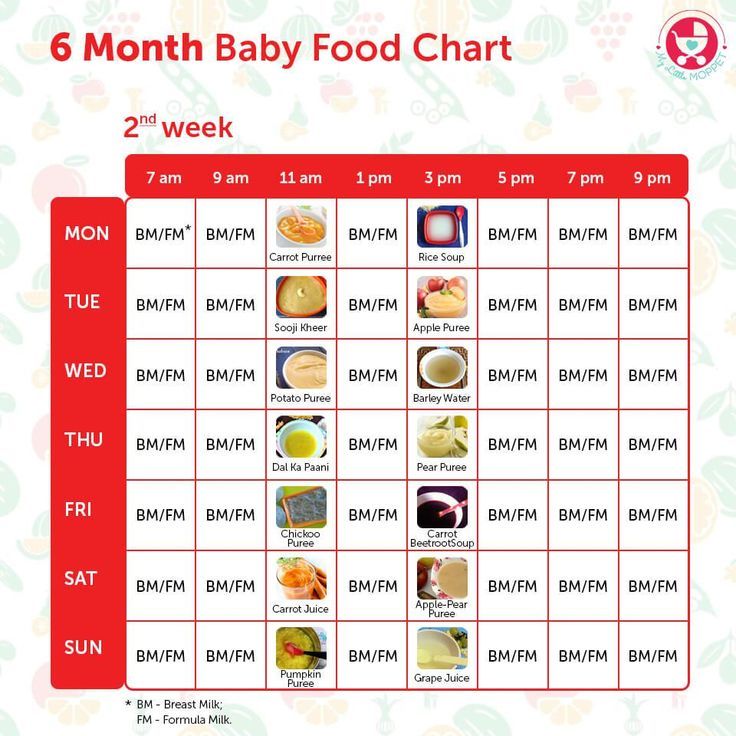 One of the most important minerals absolutely necessary for the human body is calcium. It plays its main role in the formation of the bone skeleton, helping the child grow strong, healthy and strong.
One of the most important minerals absolutely necessary for the human body is calcium. It plays its main role in the formation of the bone skeleton, helping the child grow strong, healthy and strong.
DETAILS
When and how to introduce a new product into complementary foods
It is important to know how to assess food tolerance and how often to introduce complementary foods with a new food. Currently, there are general rules for the introduction of any new product, as well as recommendations on the sequence of acquaintance of the baby with certain types of food within the same group. Let's talk about this in more detail in our article.
DETAILS
Complementary foods and dishes
In the food pyramid, complex carbohydrates, the main component of all cereals, are the basis and support for the body. The range of cereals on the baby food market is currently quite wide, and this is a popular, but far from complete list of cereals used: buckwheat, oatmeal, rice, rye, corn, barley, millet and wheat. Each of them has its own features and advantages.
Each of them has its own features and advantages.
DETAILS
Eating habits
The formation of eating behavior begins from the first days of a baby's life. With the introduction of complementary foods, the child begins to adapt to food other than breast milk, gets used to the products and acquires eating habits that will be fixed and will be implemented throughout his subsequent life. It is in the second half of life that the baby begins to eat on his own, his gradual socialization and transition to a common family table take place.
DETAILS
At what age should complementary foods be introduced
Breast milk is the ideal food for babies in their first months of life. The next most important period in a child's life is the introduction of complementary foods as a stage of gradual preparation for a completely independent diet. Many parents wonder if there are any possible health consequences with an earlier or, conversely, late introduction of certain foods into the diet, and at what months it would be best to start complementary foods.
DETAILS
Can children drink mineral water
How to choose water for a child? This question interests many parents. Children's drinking water is fundamentally different from adult water. The level of total mineralization is one of the most important characteristics of children's drinking water.
DETAILS
Pedagogical complementary foods: scheme, how to introduce, where to start
Today, there are two main schemes for the introduction of complementary foods - pediatric and pedagogical. The idea of pedagogical feeding is based on the development of independent eating behavior. The essential difference of this scheme is not the provision of additional intake of nutrients, but the voluntary acquaintance of the child with traditional food products within the family.
DETAILS
How to introduce complementary foods with dairy-free porridge, which one is better to start with
Porridge is the preferred first food. Complex carbohydrates, the main components of cereals, have a very high energy potential, dietary fiber stimulates the maturation and functioning of the intestines, and sufficient intake of vitamins and minerals is important for the normal development of the baby.
DETAILS
First feeding with milk porridge
Your baby is growing and developing rapidly, and others say that he is changing right before our eyes. By the 4-5th month of a baby's life, every mother begins to wonder if breast milk alone is enough for him, and whether it is time to start introducing other foods.
DETAILS
How much to give baby food for the first time
The introduction of complementary foods is a responsible and necessary period in the life of both parents and the child. In essence, this is a transitional stage of nutrition, when the baby's body gradually moves from easily digestible, maximally adapted breast milk to a varied adult diet.
DETAILS
First complementary foods: what time to start
Numerous scientific studies have shown that early childhood nutrition has a very strong impact on future health. Insufficient diet of the mother during pregnancy and lactation, as well as improper nutrition of the baby, increase the risk of developing many diseases.
DETAILS
What can a child at 10 months old - an approximate menu for every day
The first year of a baby's life is unique. The processes of growth and development are so intense that each new month is not like the previous one. In this regard, the child's diet undergoes changes every month to meet the growing needs of the body for nutrients, vitamins, minerals and other biologically active substances. Let's discuss what changes are taking place in the baby's diet, and what can be included in the diet at 10 months.
DETAILS
Baby menu at 9 months
Your baby is 9 months old and it's time to adjust his diet again. The activity of digestive enzymes is already high, teeth erupt in the crumbs, and the volume of the stomach becomes larger, which determines the possibility of increasing the amount of food per feeding and further expanding the diet. What can a child eat at 9months?" - this question very often worries the parents of a grown baby.
The activity of digestive enzymes is already high, teeth erupt in the crumbs, and the volume of the stomach becomes larger, which determines the possibility of increasing the amount of food per feeding and further expanding the diet. What can a child eat at 9months?" - this question very often worries the parents of a grown baby.
DETAILS
What can a baby eat at 7 months?
What kind of porridge, vegetables and fruits can a baby eat at 7 months? Is it possible to give a child potatoes, apricots, etc.? Find out more in the BEBI.RU
blogDETAILS
What can a 5 month old baby eat?
What kind of porridge, vegetables and fruits can a baby eat at 7 months? Is it possible to give a child potatoes, apricots, etc.? Find out more in the BEBI.RU
blogDETAILS
Child's diet - what can you eat in a year?
What can a child eat at the age of one? What vegetables and fruits can you already feed? We will tell you in detail in the BEBI.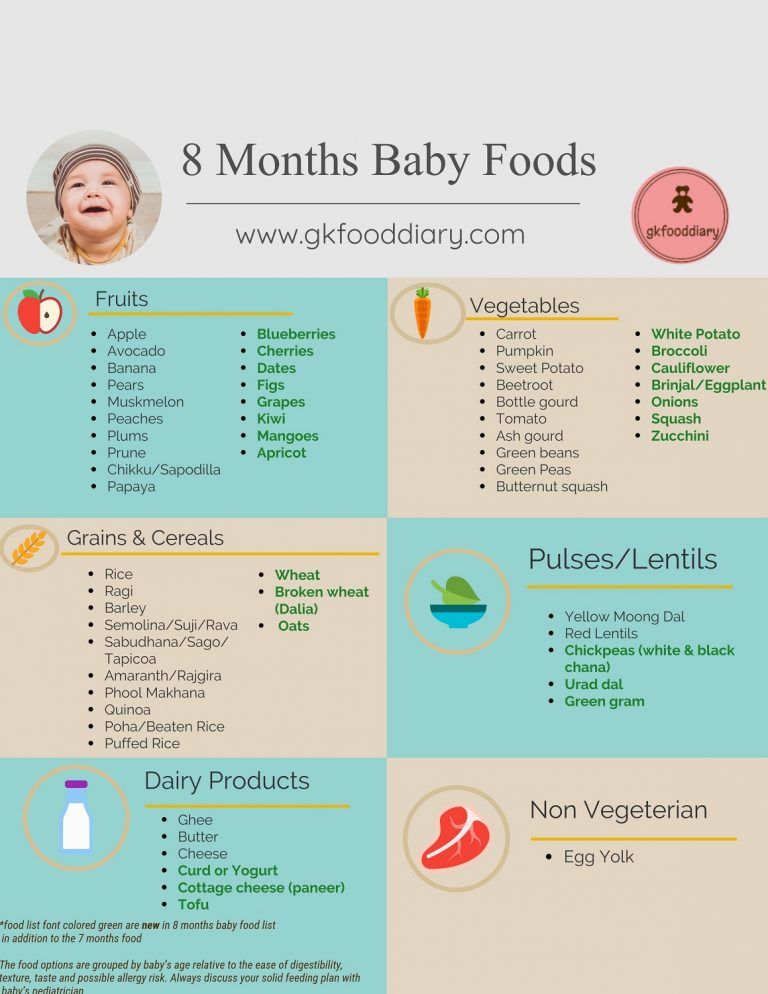 RU blog.
RU blog.
DETAILS
Meat in baby food
Find out at how many months you can introduce meat into your baby's complementary foods, what meat to start with and how to introduce. More about complementary foods in the blog BEBI.RU
DETAILS
How to introduce vegetables into complementary foods?
Find out how to introduce vegetables into your baby's food, what vegetables to start with, and when to give your baby raw vegetables. More on the BEBI.RU blog
DETAILS
Comparison of dairy and non-dairy cereals
Various cereals intended for baby food may be dairy or dairy-free. The first ones already contain specially prepared milk, suitable for young children. It is enough to dilute this product with water before use. To prepare dairy-free cereals, you need to use breast milk or an adapted mixture, and after 6 months - subsequent mixtures, vegetable broth, juices, water.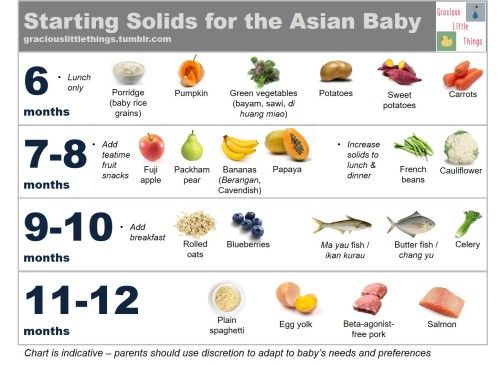 Many mothers who solve the problems of complementary foods are faced with the question of which porridge is better - dairy or dairy-free.
Many mothers who solve the problems of complementary foods are faced with the question of which porridge is better - dairy or dairy-free.
DETAILS
Which milk is better for a child - cow or goat?
The best and most correct nutrition for a newborn is breast milk. Its composition during lactation changes in accordance with the functional characteristics of the child's digestive system, which determines the adequate absorption of nutrients in the conditions of the formation of his gastrointestinal tract. For one reason or another, breastfeeding may be unavailable or insufficient.
DETAILS
How much iron is your baby getting?
Attentive mothers must have noticed that almost all baby cereals and mixtures are enriched with iron.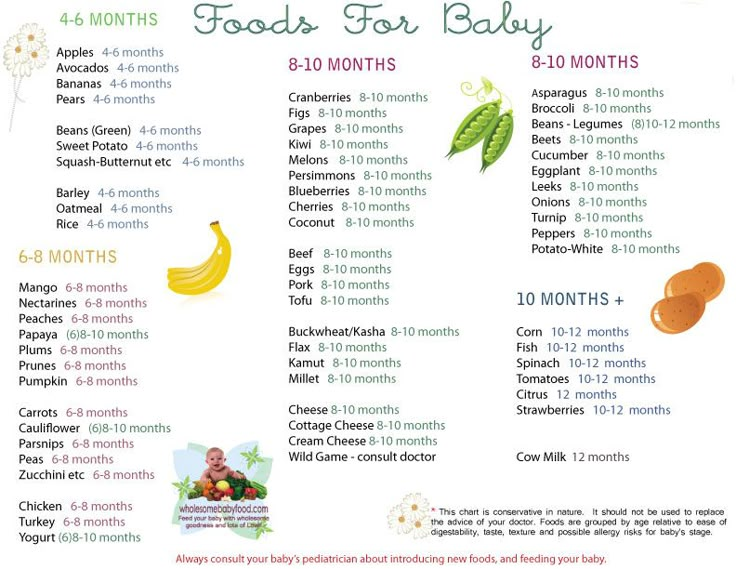 This is done for a reason. The need for iron in children is about five times higher than that of an adult. This trace element makes up the majority of erythrocytes - red blood cells responsible for oxygen saturation of every cell of the body. An iron deficiency in a child can lead to delayed development. And all due to the fact that his body will not receive the necessary amount of oxygen. Knowing the reasons that can provoke a lack of iron in a child, you can avoid many problems in his development.
This is done for a reason. The need for iron in children is about five times higher than that of an adult. This trace element makes up the majority of erythrocytes - red blood cells responsible for oxygen saturation of every cell of the body. An iron deficiency in a child can lead to delayed development. And all due to the fact that his body will not receive the necessary amount of oxygen. Knowing the reasons that can provoke a lack of iron in a child, you can avoid many problems in his development.
DETAILS
Why does the child's body need trace elements?
Man is a part of nature, so it is not surprising that almost all known chemical elements that exist in the environment are present in our body. Four of them are basic - carbon, oxygen, nitrogen and hydrogen, all tissues of living organisms are built from them.
DETAILS
How to prepare the first porridge?
The timing of the introduction of complementary foods for each child is individual. It is determined by the pediatrician. In general, the baby is ready to try new foods when he confidently holds and turns his head, his body weight has doubled since birth, and after breastfeeding or formula he is not saturated. It is important that the child recognizes the spoon and opens his mouth when it is brought, and also knows how to move mashed food in his mouth. Pediatricians often advise cooking porridge as the first complementary food.
It is determined by the pediatrician. In general, the baby is ready to try new foods when he confidently holds and turns his head, his body weight has doubled since birth, and after breastfeeding or formula he is not saturated. It is important that the child recognizes the spoon and opens his mouth when it is brought, and also knows how to move mashed food in his mouth. Pediatricians often advise cooking porridge as the first complementary food.
DETAILS
The benefits of cereal porridge for a child
One of the most important places in the structure of nutrition of infants belongs to grain products - cereals, as they are commonly called in Russia. Abroad, they are better known as cereals. The benefits of cereals for children lies in their high nutritional value and the content of almost all nutrients: vegetable proteins, carbohydrates, fats, a number of vitamins and minerals, and dietary fiber. These features distinguish cereals from many other food products.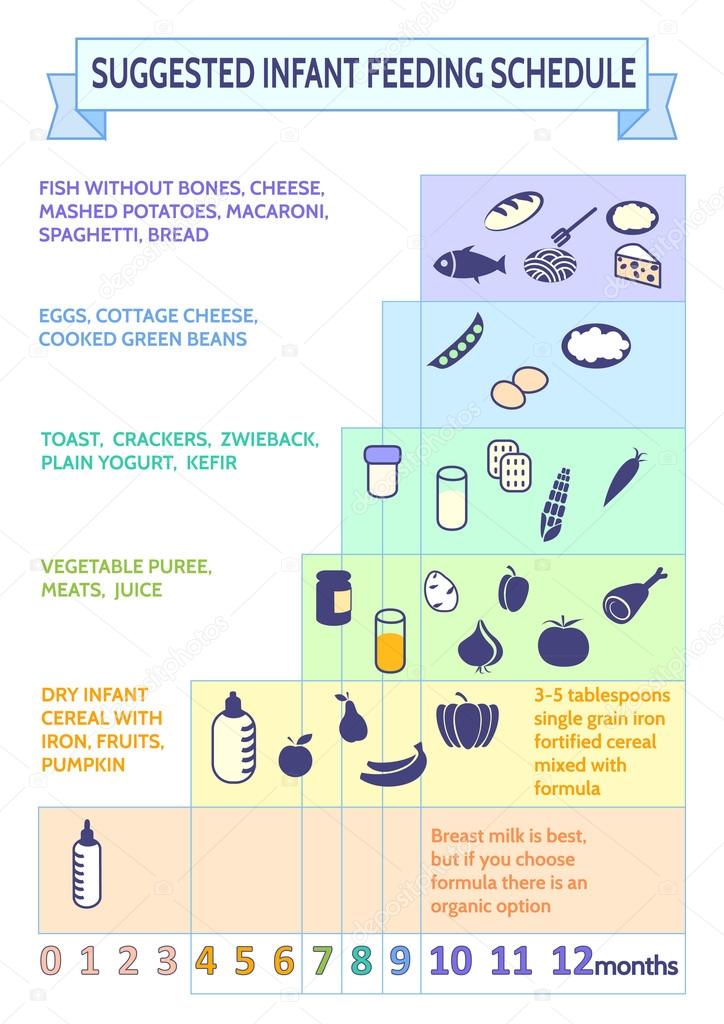
DETAILS
Allergy to baby food
Allergies to baby food are common in newborn babies. This is due to the fact that in the first year of life the child is actively acquainted with new products. The mechanism of allergy development is simple. In response to the entry of an allergen into the blood, antibodies begin to be produced, which, upon subsequent encounter with the same product, trigger protective mechanisms. Usually, the product that causes allergies is not difficult to determine, since the reaction occurs after a few minutes, less often hours.
DETAILS
Baby food during pregnancy
Pregnancy is a kind of test for the body, so a woman should make sure that he has the strength not only to bear the child, but also to ensure normal lactation. Of great importance in this is a balanced diet that supplies vitamins, elements, proteins, fats and carbohydrates necessary for the mother and the developing fetus.
DETAILS
Gluten in baby food
Kashi occupy one of the most important places in the structure of baby food. They are favorably distinguished by high nutritional value, the content of almost all nutrients - dietary fiber, carbohydrates, fats, vegetable proteins, a number of vitamins and minerals. It is no coincidence that it is cereals that are included in the diet of babies as the first complementary foods. However, this should be done with extreme caution, because in addition to all the listed nutrients, cereals contain gluten.
DETAILS
Vitamins in baby food
Vita - translated from Latin means "life" - the name itself determines the mandatory intake of these substances into the body. Indeed, who among modern people does not know about the benefits of vitamins for maintaining health? This is an extensive group of compounds that do not have nutritional value, but are necessary for the coordinated work of all organs and systems.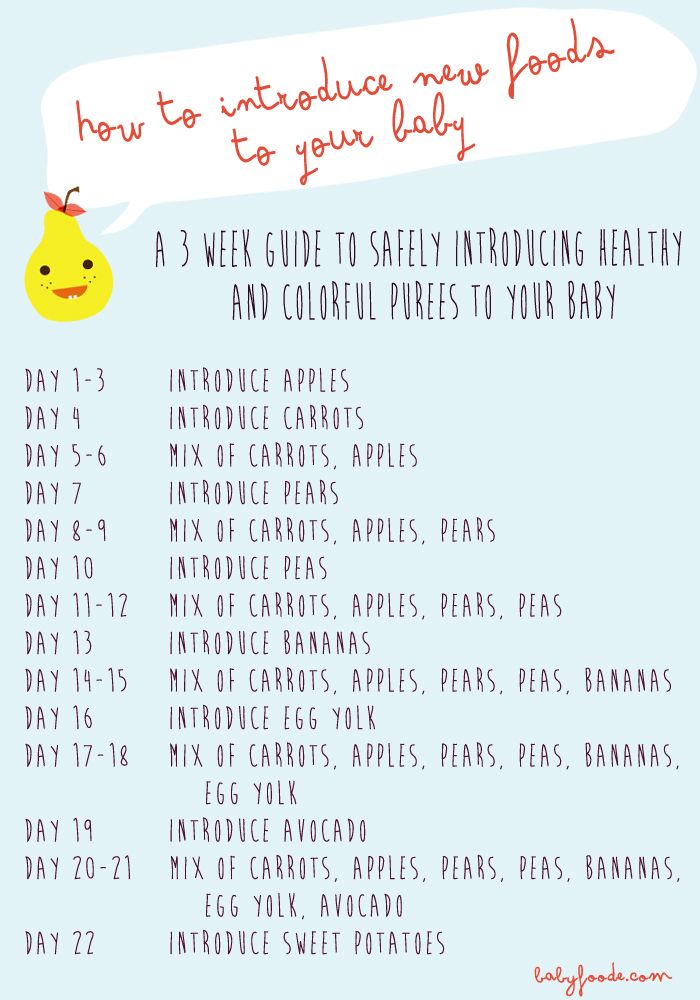 Vitamins can be compared to an orchestra - each of them plays a role in the body.
Vitamins can be compared to an orchestra - each of them plays a role in the body.
DETAILS
The best food for thought
Genetics determines a lot in our lives, but everyone knows that a child is not born a genius or a fool. Human intelligence depends on hereditary predisposition, but external factors play the most important role in the realization of what is laid down by nature. A child's environment and personal experiences at an early age have a strong influence on intelligence.
DETAILS
Learning to live with taste
When we raise a baby, we are often guided by the recommendations of our mothers and grandmothers - in a word, those principles that are considered traditional. The same applies to nutrition - we often exclude from the menu of our crumbs everything that has one or another pronounced taste, leaving only a limited set of neutral products. However, in some other countries, the nutrition of babies is treated differently - seasonings and flavors are added to their diet from an early age, in our opinion, only acceptable for adults.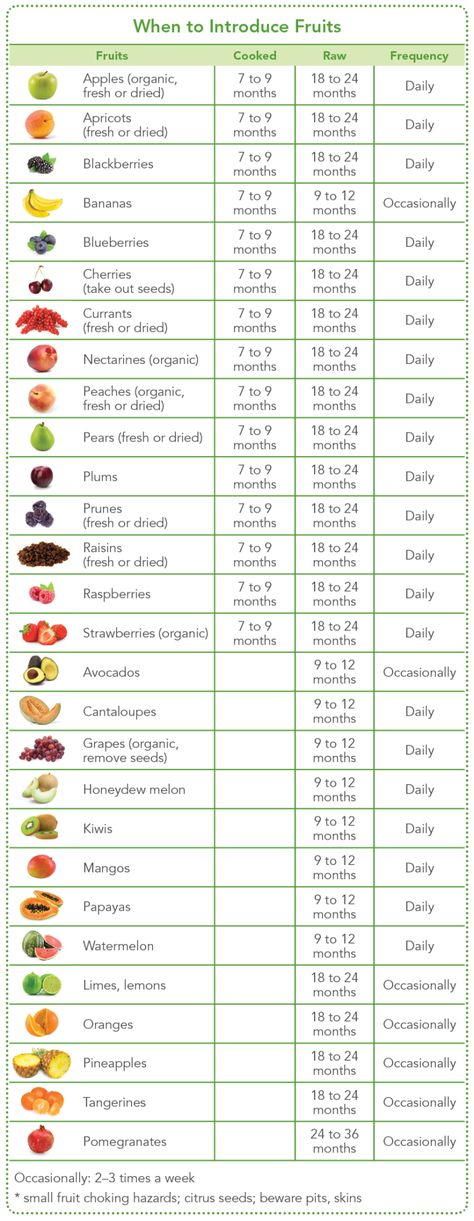 Why?
Why?
DETAILS
How to feed a capricious?
For a loving mother, such a situation as a baby who “constantly does not eat enough” is comparable, perhaps, with the global financial crisis or tsunami. Thousands of articles and megabytes of texts on the Internet are devoted to the problem of whims at the table. Is there a solution to this, such a global issue that worries many generations of parents?
DETAILS
Defeat allergies from the first spoon
Allergy is an unpleasant disease that more and more often overtakes us and our kids. But this is not a reason to get upset and limit your baby in everything - today we are offered a wide range of delicious products that allow us to provide a versatile low-allergenic diet.
DETAILS
Buckwheat porridge for first feeding
Buckwheat porridge for the first feeding: useful tips from Bebi. How to cook (breed or boil) buckwheat porridge for a child. On the Bebi website you will learn how to cook and introduce buckwheat porridge into complementary foods.
How to cook (breed or boil) buckwheat porridge for a child. On the Bebi website you will learn how to cook and introduce buckwheat porridge into complementary foods.
DETAILS
First meal with rice porridge
First feeding with rice porridge: how to prepare rice porridge for feeding a baby. Tips for compiling a menu for babies, nutritional features for the first feeding. Learn how to cook rice porridge for babies.
DETAILS
Formula-fed complementary foods
The introduction of complementary foods for a child with artificial feeding: when to introduce the first complementary foods, tables and nutrition patterns for babies by months on the Bebi website. Rules for the introduction of complementary foods, norms and features of the menu for newborn babies. When and how to start complementary foods with artificial feeding, the order of administration with a schedule.
DETAILS
Complementary foods with cereals: what to start with and how to introduce
Porridges for the first feeding of a child: which one is better to start with and how to properly introduce the second porridge into complementary foods. On the Bebi website you can read how to start feeding a baby with dairy-free and milk porridges, which ones can be given after 6 months, in what sequence new porridges should be introduced into the baby's diet.
On the Bebi website you can read how to start feeding a baby with dairy-free and milk porridges, which ones can be given after 6 months, in what sequence new porridges should be introduced into the baby's diet.
DETAILS
Complementary foods by months
First feeding by month: a complete description of the introduction of complementary foods for a child with artificial and breastfeeding from Bebi. The recommended order of introducing complementary foods in the table.
DETAILS
Complementary foods while breastfeeding
Complementary foods during breastfeeding: a table of complementary foods for a child by months on the Bebi website. Rules for the introduction of the first complementary foods for children: how and when to start introducing for a breastfed baby, a daily schedule, the correct complementary foods menu.
DETAILS
How much does a newborn eat per feeding?
How much does a newborn eat per feeding? What volume of milk in ml should a baby suck? Learn more about newborn nutrition on the BEBI website.
DETAILS
How to introduce artificial feeding: how to switch from breastfeeding to artificial feeding
DETAILS
Is it necessary to give water to newborns during breastfeeding and artificial feeding
DETAILS
Feeding regimen during artificial feeding of a child: basic rules for feeding and regimen of a newborn
DETAILS
Cereals and vegetables in baby foods
Porridges and vegetables in complementary foods for a baby: are foods compatible in a baby's diet? We study the rules of compatibility of products in baby food. Find out more information on the BEBI.RU blog.
DETAILS
When to give cookies to a child?
When can cow's milk be given to an infant? What should I do if my baby is allergic to protein? Komarovsky's recommendations and much more in the BEBI.RU blog.
DETAILS
When can a baby have cow's milk?
When can cow's milk be given to an infant? What should I do if my baby is allergic to protein? Komarovsky's recommendations and much more in the BEBI.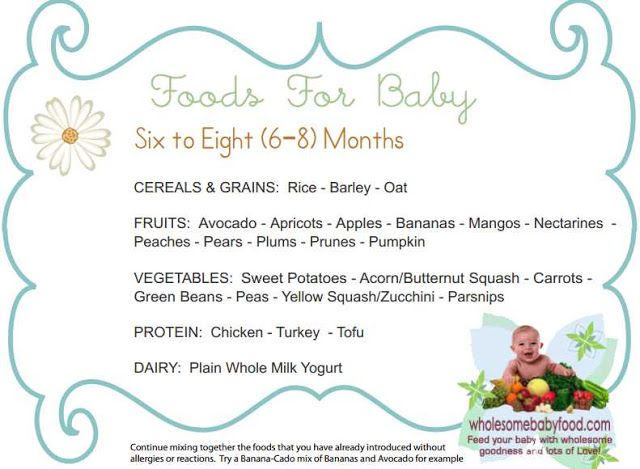 RU blog.
RU blog.
DETAILS
Corn porridge: the first food for babies
The first feeding with corn porridge: how to cook deliciously and which dish is healthier - with milk or water? Read how to cook and introduce corn gruel to babies to avoid allergies. Read on BEBI.RU.
DETAILS
Oatmeal for baby: introduction to complementary foods
Oatmeal for the first feeding: from how many months can you introduce oatmeal to a child. How to cook porridge for babies: recipes for water and milk for children of all ages. Read on BEBI.RU.
DETAILS
Vegetables or porridge: what to choose for the first feeding?
Porridge or vegetables: where to start the first complementary foods? Experts recommend what to introduce first - porridge or vegetables. Find out more on the BEBI.RU blog.
DETAILS
Why is porridge called milk and not with milk?
Why is porridge called "milk" and not "with milk"? The material in our article will help to dot the "and" in this matter.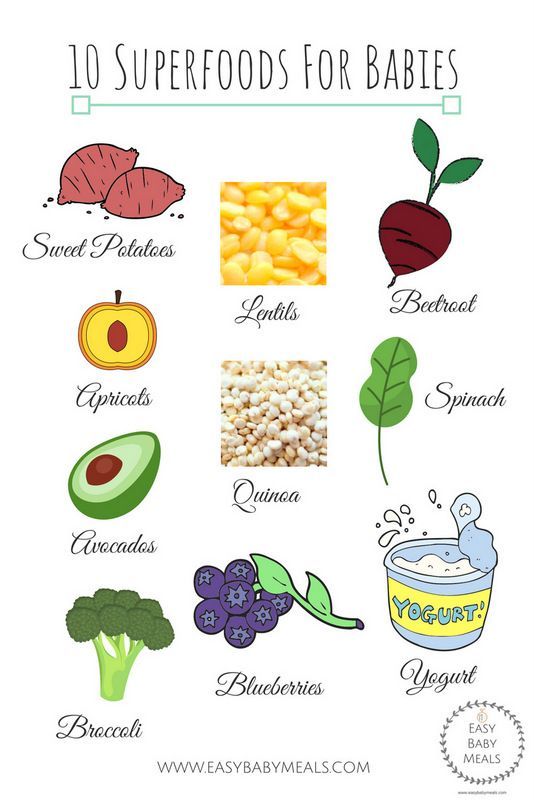 Find out more on the BEBI.RU blog.
Find out more on the BEBI.RU blog.
DETAILS
Why does a child refuse complementary foods and what to do about it?
The child refuses complementary foods: the reasons for the sharp refusal of the baby from food. Why and how to behave to the mother so that the baby begins to eat complementary foods? Komarovsky's recommendations and much more in BEBI.RU.
DETAILS
The child does not eat porridge: what to do?
Reasons why a child refuses porridge. Expert advice on what to do if the baby does not want to eat porridge. Read on BEBI.RU.
DETAILS
The child does not want to eat meat and fish
The introduction of meat into complementary foods does not always go smoothly. Reasons why a child does not want to eat meat and fish. Expert advice on what to do if the baby refuses meat.
DETAILS
Infant allergy to complementary foods
Can an allergy occur when introducing complementary foods to a baby? How allergic reactions manifest in children with complementary foods, what to do and how to continue introducing complementary foods - read on BEBI. RU.
RU.
DETAILS
What to do when teething and the child does not eat well
Expert advice on what to do when your child is teething and refuses to eat or eats poorly.
DETAILS
Newborn weight gain rate by months
Specialists regularly evaluate whether the development of the child corresponds to the age norm, how significant deviations from the standards are and what they are connected with. Weight gain in newborns by months in the first year of life has its own dynamics, which must be monitored. We will tell you in detail in the BEBI.RU blog.
Nutrition for preschoolers
A significant difference in the nutrition of children aged 3 to 7 years is the increase in its energy value, which is necessary to ensure increasing physical activity. The recommended norms for the physiological need for energy for this age are already an impressive 1800 kcal per day. Although the ratio of proteins, fats, carbohydrates remains the same (1:1:4), the qualitative composition of the diet is of great importance.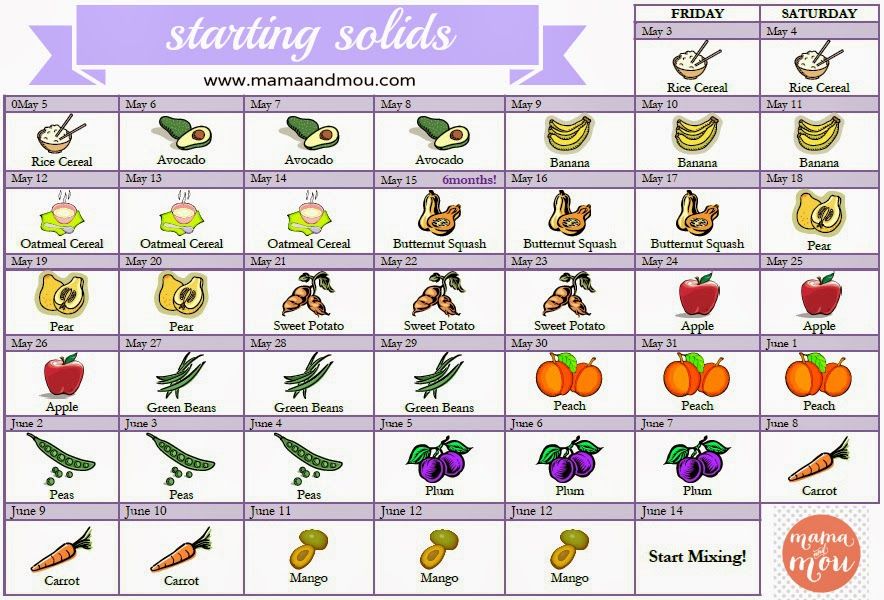 This is due to the anatomical and physiological characteristics of the body of a child of preschool age.
This is due to the anatomical and physiological characteristics of the body of a child of preschool age.
This age is in a certain respect a transitional one: almost all organs of the body (with the exception of the reproductive system) by the age of 7 acquire their characteristic structure. In the nervous tissue, the formation of dendrites of nerve cells ends, in connection with which the processes of interconnection between different parts of the brain improve. The work of the motor area of the cortex improves - the movements of a preschool child are more coordinated and varied. By the age of 6-7, the child masters the main types of movements - walking, running, jumping, climbing, throwing, as well as complex techniques that require high coordination (writing, etc.).
A preschooler differs from an adult in amazing mobility, a huge mass of movements performed during the day without obvious signs of fatigue. To a certain extent, this is due to the fact that a child of this age spends much less energy from the basal metabolism on his movements than an adult (15% versus 25% for an adult).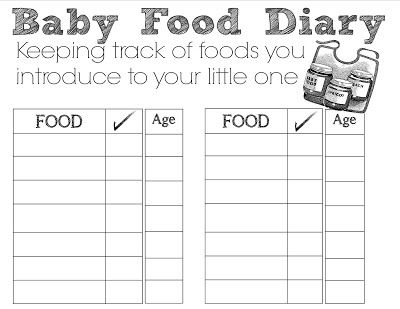
Metabolism in a preschooler is 2-2.5 times higher than in adults. The assimilation processes that ensure the growth and development of the child predominate. The energy expenditure of the child's body can only be provided by a balanced diet.
Preschool age is the most favorable for educating children in the right habits, for assimilating cultural traditions, forming taste preferences, eating behavior stereotypes, and forming the principles of proper nutrition.
Forming the foundations of a child's proper nutrition is, first of all, mastering useful skills that will help him in everyday life. Already at preschool age, you can teach your child to independently determine the time of the main meals by the clock. Nutrition by the clock is important at any age, but its importance is especially great for children 6-7 years old, as there is an active growth and maturation of the body. The child should have the formation of the idea that daily food is necessarily breakfast, lunch, afternoon tea and dinner.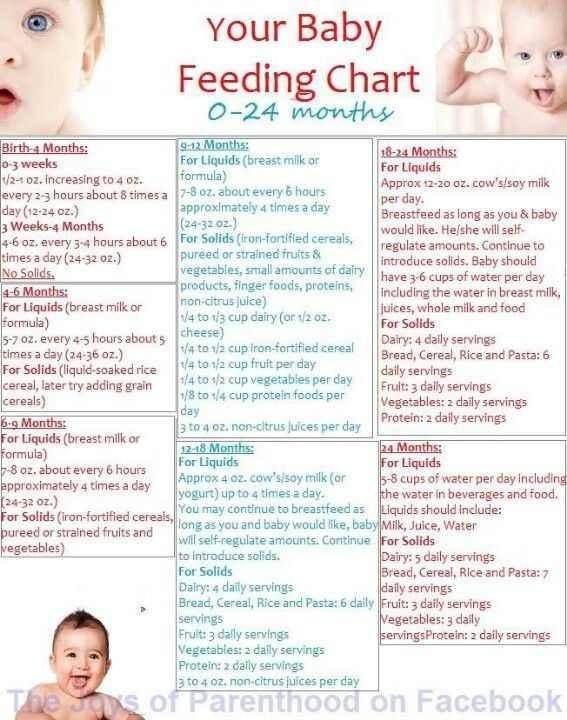
Dietary diversity - the task is to form a diverse taste horizon so that the child likes different foods and dishes. We need to help him understand that tasty, not always healthy food. Children also need to form an idea of how much food is enough, insufficient and excessive.
At this age, you can start teaching your child the basics of food safety, which is provided by 3 conditions - this is personal hygiene, the ability to distinguish between fresh and stale foods, careful handling of unfamiliar foods . The child needs to know if there are doubts about the freshness of the products, that is, it cannot be. The same attitude must be formed towards unfamiliar products, as they may contain allergens that are hazardous to health. Acquaintance with such products should only be in the presence of an adult.
It is very important to form a positive attitude towards food intake in a child. The child should have fun - eating should take place in a warm, cozy atmosphere, at a beautifully laid table. During the meal, you need to pay attention to how the food is deliciously cooked, how varied it is, and discuss the merits of the dishes. Teach children to describe a dish by smell, taste and appearance.
During the meal, you need to pay attention to how the food is deliciously cooked, how varied it is, and discuss the merits of the dishes. Teach children to describe a dish by smell, taste and appearance.
The intervals between individual meals should not exceed 3.5 hours. Breakfast should provide 20-25%, lunch - 35-40%, afternoon snack - 15%, dinner - 20-25% of the daily requirement for nutrients. Dinner is recommended 1.5-2 hours before bedtime. Five meals a day may also be optimal. If children visit preschool institutions, the main part of the daily food allowance (at least 70%) the child receives there.
The menu of preschoolers already includes more solid dishes: stewed vegetables, crumbly cereals (buckwheat, corn, millet, rice), boiled rice, pilaf, dumplings, roast. Instead of cereals, you can give children boiled pasta, pancakes. Apples, oranges and other fruits must be used whole in order to train the chewing apparatus and strengthen the roots of the teeth. For breakfast and dinner, it is advisable to prepare salads from fresh vegetables and fruits.
Sufficient variety and optimal combination of dishes is required. During the day, children should receive two vegetable and one cereal dish. Seasonal dietary habits should be taken into account. In the summer, when motor energy consumption increases, children are more outdoors, daily calorie content can be increased by 10% due to complex carbohydrates. In the winter-spring period, nutrition should have a protein-carbohydrate and vitamin focus, enriched with fiber (vegetables). Of the sweets, marshmallows, marshmallows, caramel, dry biscuits in the most modest quantities are acceptable.
Smoked sausages, canned snacks, fatty beef, lamb and pork, chocolate and chocolates, some spices (black pepper, horseradish, mustard) are not recommended for preschool children. These foods often contain allergens, significant amounts of salt and fat.
Given the immaturity of the immune system, digestive organs and chewing apparatus of preschool children, they also need special culinary processing of products and dishes, which includes the exclusion of frying products, providing mechanical sparing (cooking meat and poultry in the form of cutlets), boiling and chopping vegetables, the widespread use of various types of puddings and casseroles, the exclusion of fish bones from getting into dishes that a child can choke on.